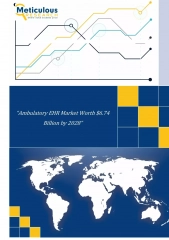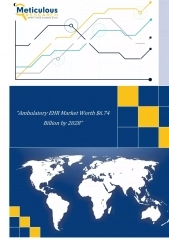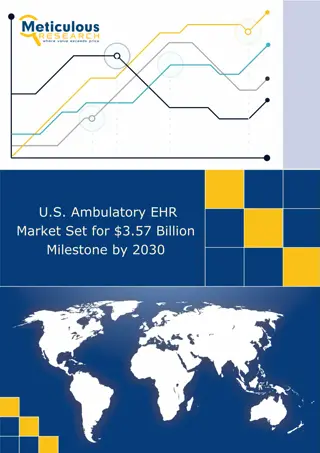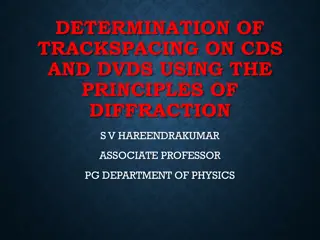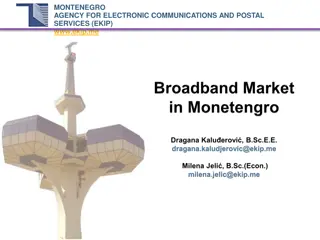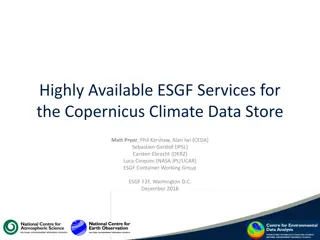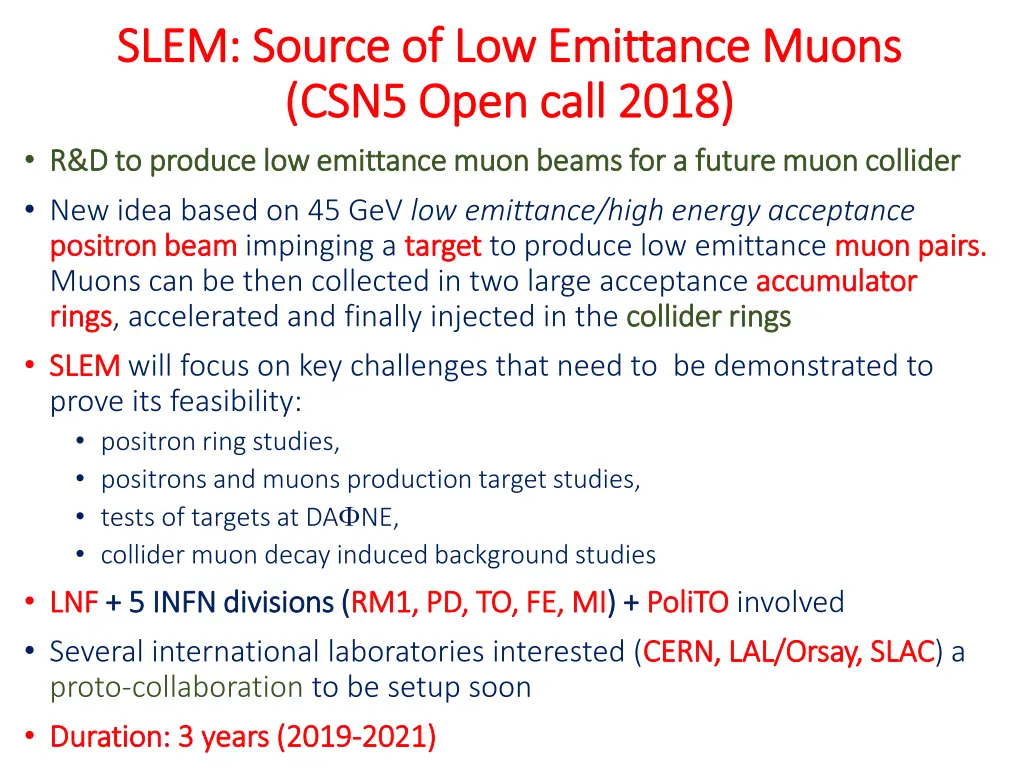
Source of Low Emittance Muons for Future Collider
This project aims to develop a novel method to produce low emittance muon beams for a future muon collider by using a high-energy acceptance positron beam to generate muon pairs. Key research areas include positron ring studies, production target evaluations, collider background assessments, and performance comparisons. The project is structured into five work packages led by various researchers focusing on different aspects of the process.
Download Presentation

Please find below an Image/Link to download the presentation.
The content on the website is provided AS IS for your information and personal use only. It may not be sold, licensed, or shared on other websites without obtaining consent from the author. If you encounter any issues during the download, it is possible that the publisher has removed the file from their server.
You are allowed to download the files provided on this website for personal or commercial use, subject to the condition that they are used lawfully. All files are the property of their respective owners.
The content on the website is provided AS IS for your information and personal use only. It may not be sold, licensed, or shared on other websites without obtaining consent from the author.
E N D
Presentation Transcript
SLEM: Source of Low Emittance Muons SLEM: Source of Low Emittance Muons (CSN5 Open call 2018) (CSN5 Open call 2018) R&D to produce low emittance muon beams for a future muon collider R&D to produce low emittance muon beams for a future muon collider New idea based on 45 GeV low emittance/high energy acceptance positron beam positron beam impinging a target target to produce low emittance muon pairs. Muons can be then collected in two large acceptance accumulator rings rings, accelerated and finally injected in the collider rings SLEM SLEMwill focus on key challenges that need to be demonstrated to prove its feasibility: positron ring studies, positrons and muons production target studies, tests of targets at DA NE, collider muon decay induced background studies LNF LNF + 5 INFN divisions ( + 5 INFN divisions (RM1, RM1, PD PD, TO, , TO,FE, MI Several international laboratories interested (CERN, LAL/ proto-collaboration to be setup soon Duration: 3 years (2019 Duration: 3 years (2019- -2021) 2021) muon pairs. accumulator collider rings FE, MI) + ) + PoliTO PoliTO involved CERN, LAL/Orsay Orsay, SLAC , SLAC) a
Work Packages structure Work Packages structure The proposal is structured in 5 WPs PI: M.E.Biagini (LNF), deputy M. Boscolo (LNF) WP1 (M. Boscolo, LNF): beam dynamics studies of muon source WP2 (M. Antonelli, LNF): positron and muons production targets WP3 (S. Guiducci, LNF): plan for experimental tests at DAFNE WP4 (D. Lucchesi, PD): background studies from muons decay in collider WP5 (N. Pastrone, TO): evaluation of global performance and comparison with alternative designs
Positron and muon production target studies GANNT chart GANNT chart Muon decay induced background Global performance evaluation
P Personnel involved ersonnel involved Proposal for personnel: Univ. Padova: D. Lucchesi L. Sestini M. Zanetti INFN-PD A. Bertolin C. Curatolo A. Gianelle M. Morandin personnel sum: 7 PM sum: 93

